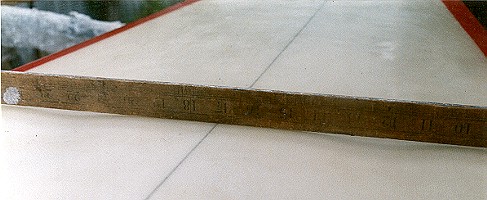 |
surfresearch.com.au
glossary
: k
|
| home | catalogue | history | references | appendix |
|
|
|
|
|
|
|
|
|
|
|
|
|
|
|
|
|
|
|
|
|
|
|
|
|
|
|
|
| Keel ( Fin) :
1. original fin designed by Tom Blake (Hawaii) 1934 
2. 1972 Pat Morgan shallow (5 inch) long base (10 inch) fin 3. 1980 Ben Lexan / Cheyne Horan ‘Star fin’. Image right |




|
|
|
|
|
|
|
|
|
|
|
|
|
|
|
|
|
|
|
|
|
|
|
|
|
|
|
| home | catalogue | history | references | appendix |